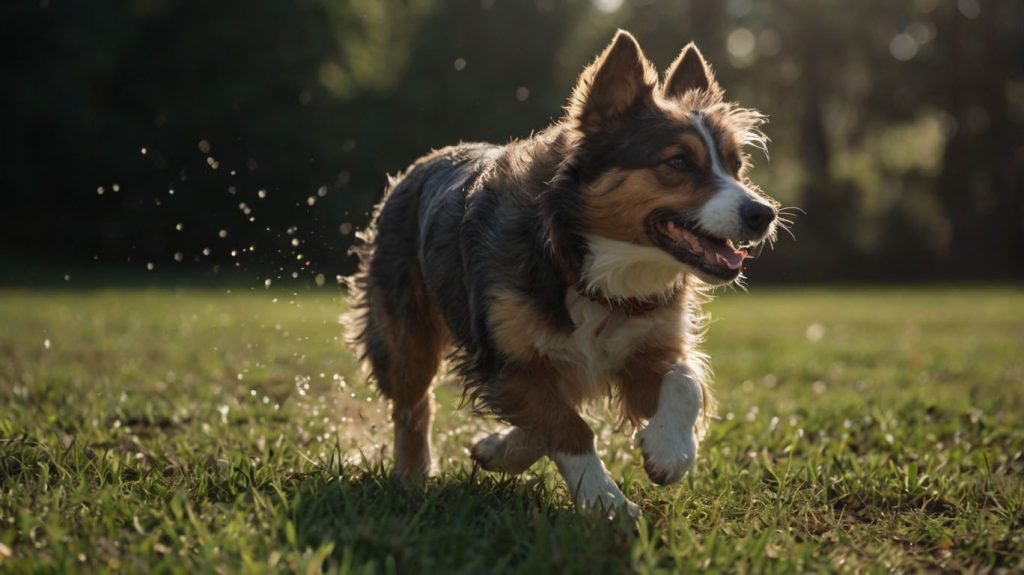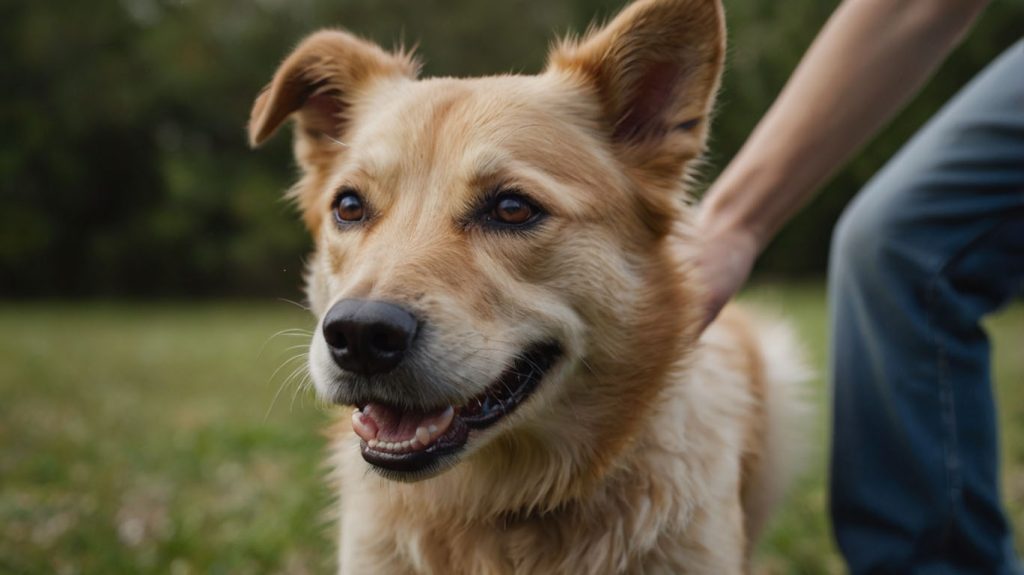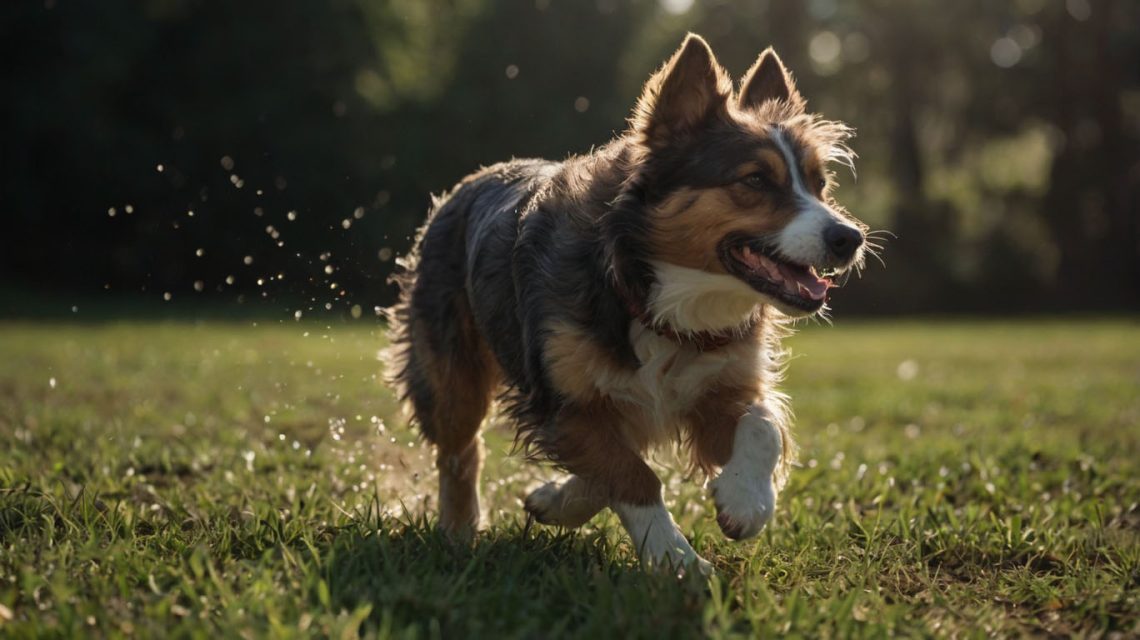Introduction
Imagine the joy on your dog’s face when you say, “Shake!” and they eagerly offer their paw. Teaching your dog to shake is more than just a cute trick—it’s a fun way to bond, build trust, and boost their confidence. Today, we’ll dive into how to teach dog to shake with a practical, step-by-step approach that works for all dogs, from bouncy puppies to calm seniors.
Teach Dog to Shake: Why It’s Worth It
Teaching your dog to shake is not just adorable—it serves important purposes. First, it provides mental stimulation, which helps reduce boredom and prevent destructive behaviors. Second, it strengthens the bond between you and your dog, showing them you’re a trustworthy and fun leader. Third, it can even help with socialization, making your dog more comfortable around strangers or during vet visits.

Getting Started: Preparing for Shake Training
Before jumping into action, prepare some key items:
- High-value treats (like small cheese bits or chicken)
- A quiet, distraction-free space
- A leash or harness (optional)
- Patience and a positive attitude
Make sure you’re in the right mood too! If you’re tired or frustrated, your dog will sense it—and that can slow progress.
Understanding Your Dog’s Learning Style
Every dog is unique. Some respond best to treats, others to praise, and some love toys as rewards. Observe what excites your dog. Does their tail wag at a particular word? Do they light up when you say “Good job”? Understanding this helps you teach dog to shake in a way that truly connects.
Teach Dog to Shake: Step-by-Step Guide
Here’s your roadmap:
- Command a Sit: Ask your dog to sit. It’s easier to shake from a seated position.
- Present Your Hand: Hold out your hand near their paw.
- Gently Tap the Paw: Say “Shake” and lightly tap or lift their paw.
- Reward Instantly: The moment the paw lifts, even slightly, reward with praise and a treat.
- Repeat and Fade Help: Gradually stop lifting the paw. Wait for your dog to offer it after the “Shake” cue.
With consistent practice, they’ll soon offer their paw without help!
Using Positive Reinforcement in Shake Training
Positive reinforcement is key. Rather than scolding mistakes, focus on rewarding successes. Treats, toys, and cheerful praise help your dog associate shake with fun. Punishment or frustration, on the other hand, can create anxiety and stall learning.

Common Mistakes to Avoid When You Teach Dog to Shake
Many owners:
- Skip steps and expect perfection too soon.
- Forget to reward tiny improvements.
- Overwhelm the dog with long sessions.
Instead, keep sessions short (5–10 minutes) and end on a positive note.
The Best Time to Teach Dog to Shake
Teach when your dog is calm—not after a zoomie session! Mornings or after a walk are usually perfect, when their mind is clear and energy is balanced.
Teaching Shake to Puppies vs. Adult Dogs
Puppies have short attention spans, so break lessons into tiny bits. Adults may need more patience if they have no prior training, but they often catch on quickly with consistent effort.
Story: How I Taught My Rescue Dog to Shake
When I adopted Bella, she was timid and shy. Using gentle shake training, she slowly learned to trust my touch. The first time she lifted her paw was unforgettable—it was as if she realized, “Hey, this human is pretty great!” Today, shake is her favorite trick, and it opened the door to teaching her “high five” and “roll over.”
Using Clicker Training for Shake Command
Clickers mark the exact moment your dog gets it right, making training clearer. Say “Shake,” click as soon as the paw lifts, and follow with a reward. Soon, the click itself becomes a mini celebration!
Teach Dog to Shake and Add Variations
Once shake is solid, try adding:
- High five (lift your hand higher)
- Wave (cue without touching the paw)
Dogs love showing off these tricks!
Troubleshooting Shake Training Challenges
If your dog seems confused:
- Go back to the last successful step.
- Increase rewards for small progress.
- Reduce distractions or move to a quieter space.
Building Focus and Patience in Your Dog
Play “look at me” games, practice sit-stays, and keep shake sessions lighthearted to improve attention and patience.
Teach Dog to Shake Without Treats
Once the behavior is solid, replace treats with praise, petting, or playtime. Gradually reduce food rewards so your dog responds to the command alone.
Involving Family and Kids in Shake Training
Let kids help by giving the command or handing over treats. This makes training a joyful family activity and helps the dog generalize the command across people.
Teach Dog to Shake in a Group Class
Enrolling in a positive reinforcement class can speed progress, especially if you struggle to train at home.
The Role of Consistency in Training
Consistency is magic. Practice shake daily—even just for 2 minutes—to help your dog retain the skill.
Using Shake as a Gateway to Other Tricks
Once your dog knows shake, it’s easier to teach related tricks like “give paw,” “high five,” or even “fetch my leash.”
Celebrating Progress and Success
Celebrate every milestone! Whether it’s their first paw lift or flawless shake in public, your enthusiasm reinforces learning.
Teach Dog to Shake and Improve Socialization
Shake can break the ice with visitors, making your dog feel confident greeting new people.
Video Examples of Shake Training
Check YouTube or dog trainer websites for demo videos. Seeing it in action helps you visualize timing and technique.
Recommended Treats and Tools for Shake Training
Choose small, soft treats that are easy to chew. A clicker or treat pouch can also streamline sessions.
Signs Your Dog is Ready for More Tricks
Look for signs like fast responses, wagging tails, or offering the shake without asking. That means they’re eager to learn more!
Incorporating Shake Into Daily Routines
Ask for a shake before meals, walks, or playtime. This keeps the behavior fresh and rewarding.
Teach Dog to Shake and Avoid Overtraining
Watch for signs of boredom or frustration. Keep it fun and quit while your dog is still enjoying the session.
Teaching Shake to Shy or Nervous Dogs
Use extra patience, gentle touches, and jackpot rewards (big treats) for progress. Build trust first before expecting fast results.
Teach Dog to Shake as Part of Therapy Work
Therapy dogs often use shake to connect with patients, spreading comfort and joy. With practice, your dog can bring smiles too!
FAQs
How long does it take to teach a dog to shake?
Most dogs learn within a week with daily practice.
Can I teach an old dog to shake?
Absolutely! Age is no barrier with patience.
What if my dog won’t give their paw?
Start by rewarding any paw movement, then shape it gradually.
Should I use a clicker or just treats?
Both work, but a clicker can speed things up.
How often should I train shake?
Daily 5-minute sessions are ideal.
What’s the best treat to use?
Small, soft, high-value treats work best for fast rewards.
Conclusion
Teaching your dog to shake is one of the most joyful experiences you can share. Not only does it make your dog a star at gatherings, but it also deepens your bond and strengthens trust. With patience, consistency, and plenty of praise, you’ll soon see that eager paw reaching up to greet you. Start today—and don’t forget to celebrate every little success!


